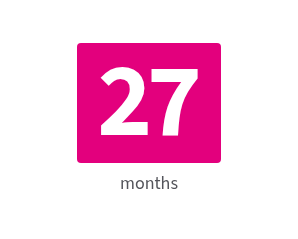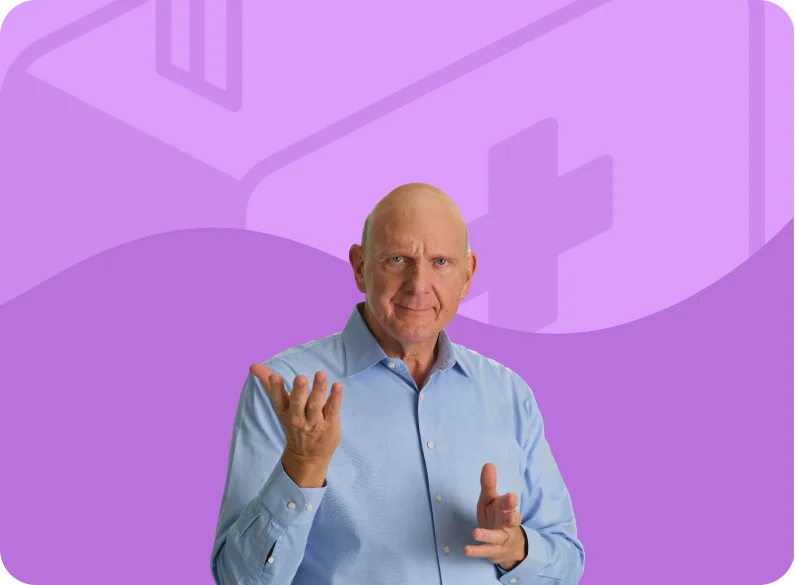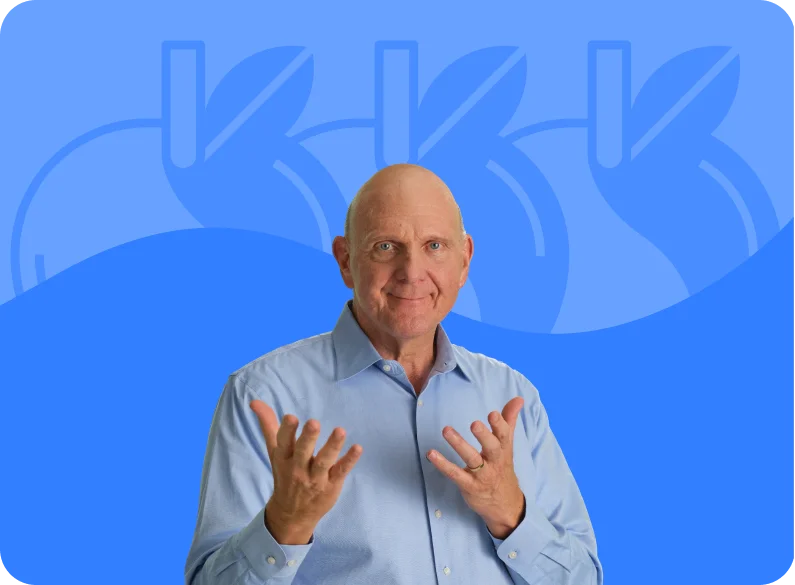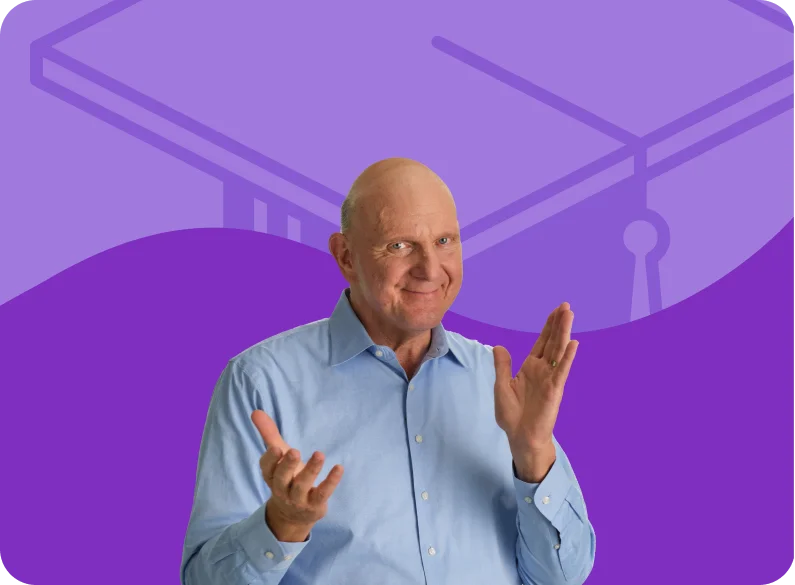JUST THE FACTS · 7:36M
3. What is subsidized housing?
October 21, 2025 · Housing is the biggest expense for many American families, which you might feel every time your rent is due. But how does the government measure housing affordability, and who’s eligible for federal housing support? In this episode of “Just the Facts: Do You Qualify?”, USAFacts founder Steve Ballmer walks through who gets housing assistance and the programs that provide it. You’ll learn about why eligibility is based on where people live, how the HUD helps families afford rental housing, and why fewer than one in four eligible families get support.
Just the Facts: Do You Qualify?

3. What is subsidized housing?
(current video)
7m
Transcript
If you're like many Americans, your biggest monthly expense is probably housing. And depending on where you live, affordability of housing may be a topic that has come up.
How does our government measure housing affordability?
It's all part of a USAFacts video series on so-called means-tested programs. That is, programs designed to support lower income individuals and families.
Just the Facts. Do you qualify? A look at government support in America. A six part series from USAFacts. In this episode, housing.
Since 1981, the government has considered housing affordable if it costs no more than 30% of a household’s income.
To put it in perspective, the median cost for US renters in 2024 was about $1,500 per month, which happens to be roughly 33% of the median renter household income. Just above the definition of affordable.
In 2024, 1 in 3 households exceeded that limit. For renters, it was more than half.
Housing burden varies widely by location.
For example, in North Dakota, South Dakota and Wyoming, less than 42% of the renter population is housing burdened.
Meanwhile, in Florida, Nevada, Hawaii, Louisiana and California, more than 54% of renters are considered burdened.
Take a family of four in Louisiana, with one working parent earning $33,000 a year. That’s about $2,750 a month.
Median rent there is $1,064 a month, which is about 35% of income.
So what options do people have?
That's where means-tested federal housing assistance comes in: programs only available to people below a certain income level. In other words, you have to demonstrate financial need to qualify.
The main provider of this support in the government is the Department of Housing and Urban Development, or HUD.
In 2024, HUD spent $52 billion, which is about 0.8 percent of the federal budget.

Nationwide, about 1 in 38 Americans live in subsidized rental housing.
The average income for these households is under $18,000 per year.
However, due to funding constraints, not everyone who is eligible gets rental assistance from HUD. In fact 1 in 4 eligible families throughout the country actually receive the support. Eligibility is based on where you live and is determined each year.
HUD sets income limits for every metro area and sometimes different parts within a metro area, as well as for rural counties using local data on median income and fair market rent.
To qualify, applicants must also be US citizens or eligible immigrants like green card holders, refugees, or people who have been granted asylum. In some cases, there are additional age or disability requirements depending on the program.
So what federal government programs are there that help with rent? Let's look. HUD runs three major programs.
One: the Housing Choice Vouchers or Section Eight.
That's the most flexible option. Families receive a voucher to rent on the private market. The family pays a portion of the rent set by their local housing agency, typically around 30% of their monthly income.
HUD, through the local housing agencies, pays the rest of the rent and utilities directly to the landlord, up to a predetermined maximum rent. In 2024, about 2.4 million households, over 5 million people, use this program.
Back to our Louisiana family. Let's say they live in New Orleans, With a $33,000 income, they'd fall between the very low and extremely low income as set by the government for that metro area, and likely they do qualify.
If accepted, their rent could be capped around $825 a month, freeing up money for other essentials.
Two: project-based rental assistance.
Instead of giving tenants vouchers that they can use in communities of their choice, HUD contracts with specific landlords to keep some of their units affordable. Tenants pay around 30% of their income. HUD covers the rest.
PBRA helps about 1.2 million households.
Third is Public Housing.
These units are actually owned and managed by local housing authorities, funded by HUD.
Rent is generally capped again at 30% of income, and about 771,000 households live in public housing.
Wait times to access these programs often exceed two years.

Another key housing effort is the Low Income Housing Tax Credit, sometimes known as LIHTC.
This program isn't run by HUD. It's administered by the IRS. It gives tax breaks to developers who build or renovate affordable housing or rentals. In return, they agree to keep rents low for at least 15 years.
Some of these units also accept Section 8 vouchers, but LIHTC is a separate system. It costs about $14.4 billion a year, roughly 0.2% of the federal budget.
And to put things in perspective, there are other important programs for housing that are not specifically to support low-income Americans.
For example, the mortgage interest tax deduction is not means-tested and allows homeowners to reduce their taxable income based on the interest paid on qualifying home loans.
While not a direct subsidy, it cost the federal government $25 billion in 2024 and is used by about 7% of filers.
Housing is a fundamental part of life.
The government has multiple programs that assist low-income individuals in finding housing, but still, 1 in 3 people find themselves paying more than 30% of their income on housing.
Here's the question: should the government do more or less to provide housing support?
One thing I've learned: there’s no simple answer. We give you the data you need to make up your own mind.
Thanks for watching! And please share the entire series: Do you qualify? A look at government support in America.
Subscribe to our newsletter and our YouTube channel.
At USAFacts, we give you the data, you make up your own mind.
Stay tuned for the next episode: Food.
Page sources and methodology
All of the data on the page was sourced directly from government agencies. The analysis and final review was performed by USAFacts. Findings were summarized with the help of AI.
US Department of Housing and Urban Development
Picture of Subsidized Households and Income Limits
Office of Management and Budget
Budget of the US Government






